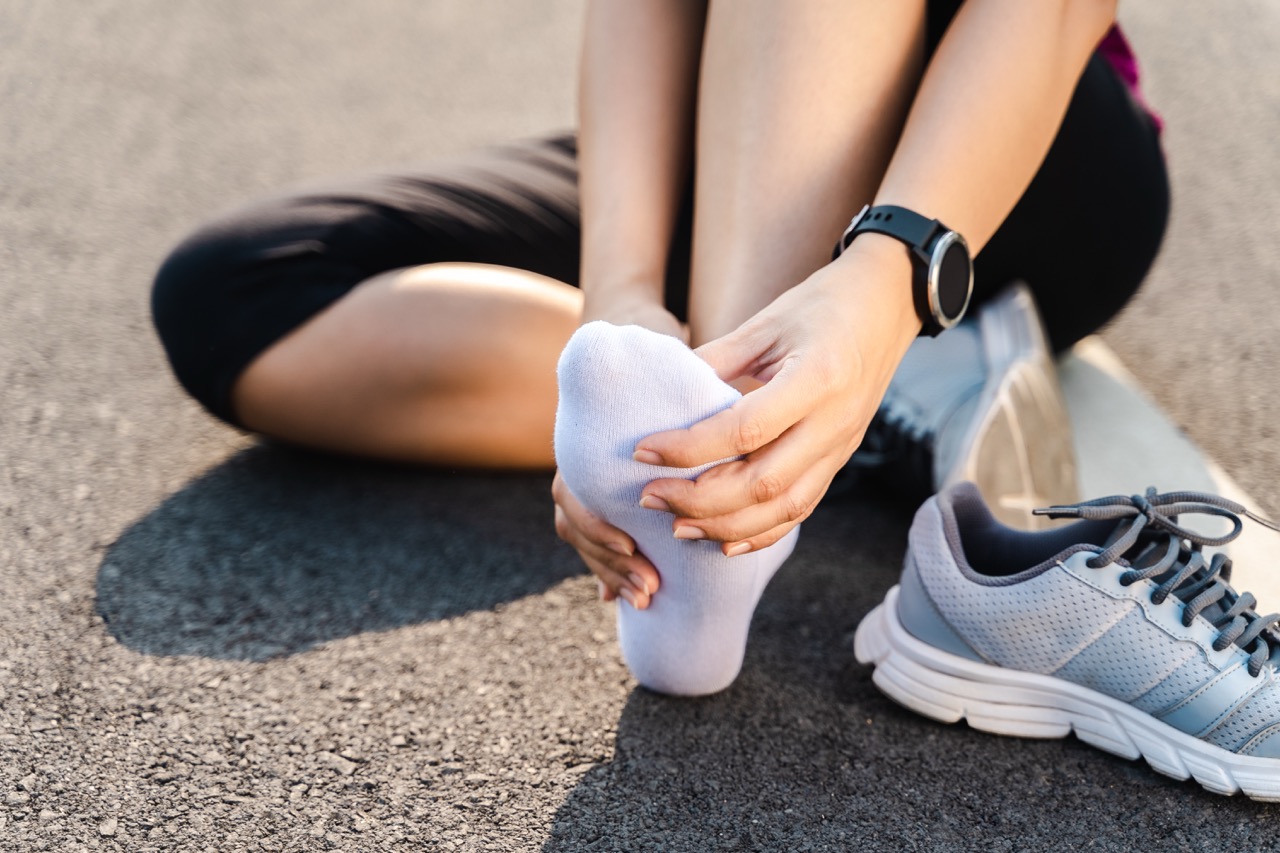Join The Nantwich Clinic Club to keep up to date with news and offers!
Sign Up
A bunion is a form of bony lump that forms on the feet at the joint at the base of the big toe. They can also develop on the joint of the little toe, but these are known as bunionettes.
The more correct name for a bunion is ‘hallux abducto valgus’ (HAV). HAV refers to the condition in which the big toe is angled excessively towards the second toe. The excess bony lump to the side of the big toe that is commonly termed as a ‘bunion’, is actually a symptom of the deformity.
The big toe is made up of two joints, the largest of these being the metatarsophalangeal joint (or MTP joint) which is where the metatarsal meets the first bone of the toe. It’s this joint where a bunion develops and forms when the bones that make up the MTP joint shift so that they are out of alignment with each other.
Usually, bunions develop slowly and over time because of the pressure applied to the feet on a daily basis. This pressure causes the big toe to lean inwards towards the second toe, which over time changes the normal positioning of the bone, tendons and ligaments, which results in a bunion. If a bunion is left untreated, it will only worsen over time and can cause a huge change to the appearance of the foot.
Bunions are more commonly associated with women than with men, and this is down to the weaker connective tissue found within women’s feet. It’s also been found that approximately 70% of people who develop bunions have a family history of the condition, which suggests that there is a genetic aspect that leads to their development.
Bunions tend to start out as a small protrusion that often get worse as time passes. The MTP joint is flexed with every single step that we take, and because of this the bunion gets bigger with every step. The bigger the bunion gets, the more painful and difficult it becomes to walk.
A bunion that has been left to get worse can greatly change the appearance of the foot, in severe cases this can cause the big toe to angle all the way across above or beneath the second toe. This pressure can then force the second toe to be pushed out of its own alignment and cause it to have a similar effect on the third toe. Ultimately, this can result in a hammer toe deformity to the smaller toes.
In some cases, having a bunion can also lead to bursitis which is a painful condition where the bursa, a fluid filled sac that cushions the bone near the joint, can become inflamed.
Non-surgical treatments can ease the pain and discomfort caused by bunions and HAV, whilst also helping to prevent it from becoming worse over time. Non-surgical treatments include: painkillers, padding, orthotics that alter foot movement, anti-inflammatories, stretching and suitable footwear.
Surgery is the only way to correct a HAV deformity. Untreated it is likely to deteriorate. If it causes significant pain and affects your quality of life, your GP may refer you for surgery. The aim of surgery is to relieve pain and improve the alignment of your big toe. Surgery is not usually carried out for cosmetic reasons alone. Even after surgery, there are likely to be limits to the styles of shoe you can wear.
Book your bunion treatment appointment with The Nantwich Clinic by calling the number below.
Alternatively, you can use the link below to book online.

Whether it’s a quick question that you need to ask, or you would like to book an appointment with us, we want to hear from you. Simply click the button below to get started or contact us on 01270 627118.
